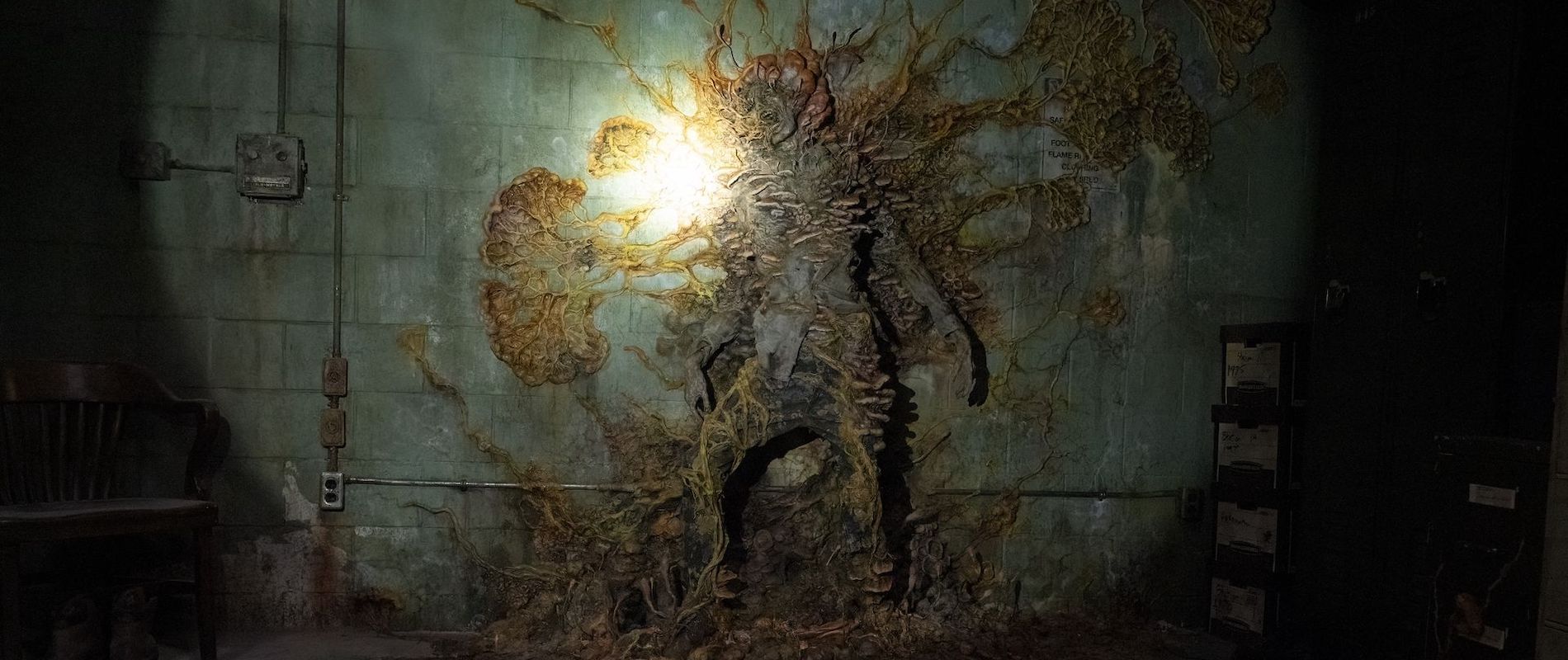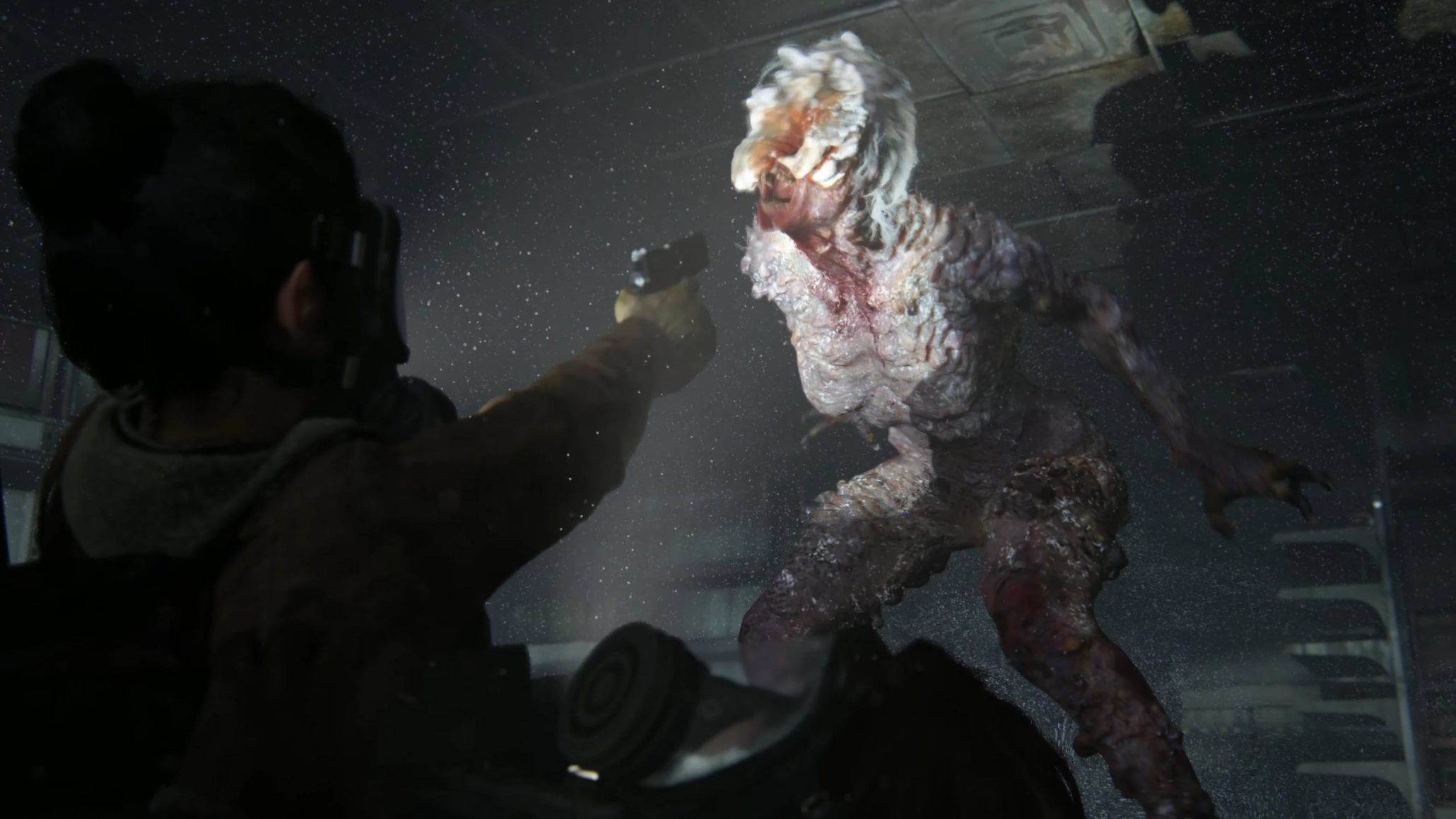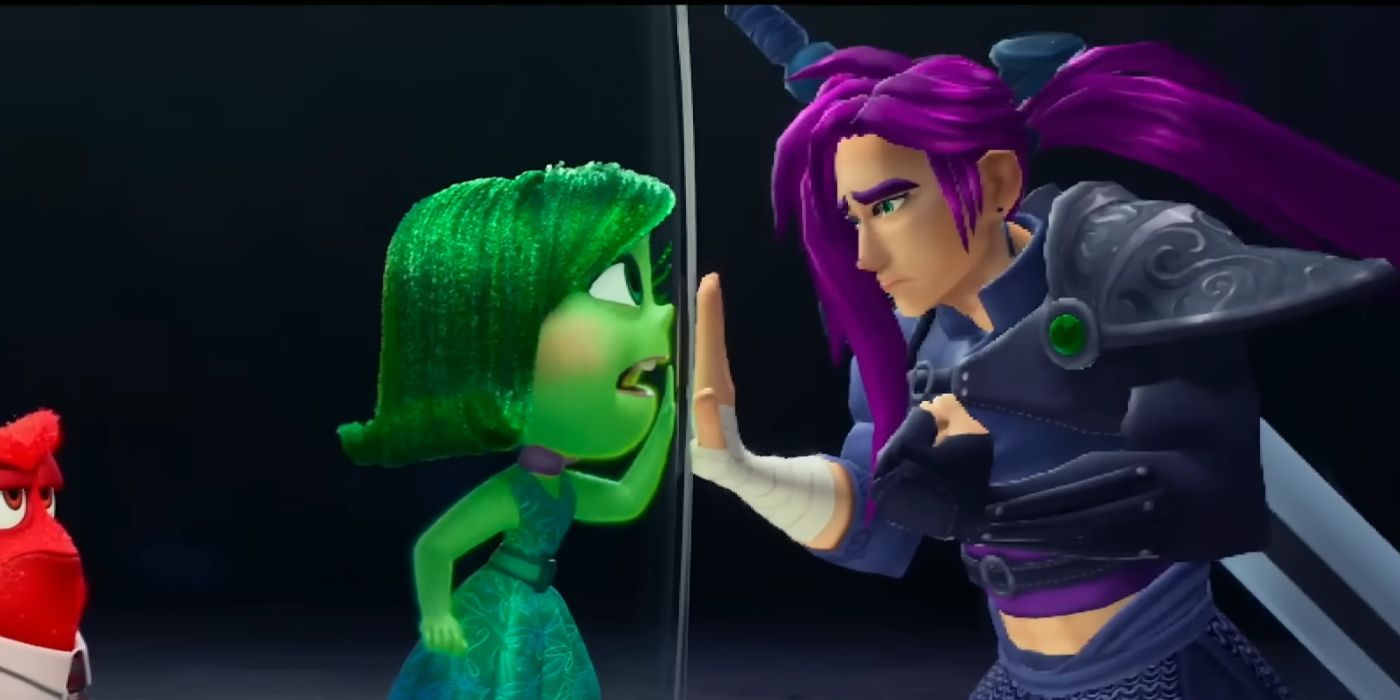The Cordyceps Brain Infection is a central part of The Last of Us franchise, but the details of how the Cordyceps infection started can be easy to miss. The Cordyceps Brain Infection (CBI) is the fungal infection responsible for wiping out half of society in the world of The Last of Us, resulting in the post-apocalyptic state that the games and show present. Both the original game and sequel provide insight into how it spreads, but players focused on the gameplay can find some of the subtler clues the details can be easy to miss.
In the original The Last of Us, the outbreak initially begins in September 2013. The fungus, spread through a bite from an infected individual or exposure to spores, infects a living individual and transforms them until they become a horrific The Last of Us bloater. Symptoms appear within a couple of days, and then stage two will bring aggressive and unexplainable behavior as the fungus takes hold of the brain. The fungal growth begins taking over their body, leading to deformities. By stage three, the fungus is covering the infected individual’s eyes, rendering them blind. By stage four, the individual will have the fungus covering almost all of their body.
TLOU’s Cordyceps Brain Infection Is Based On A Real Fungus
The origin of the Cordyceps infection is revealed in-game through a newspaper clipping in The Last of Us. Found at Joel and Sarah’s house, the clipping from the local paper The Texas Herald reveals the Cordyceps infection and the Clickers that result from it began spreading after crops became infected in South America. “The Food and Drug Administration’s investigation of crops potentially tainted with mold continues across the country,” the article reads. “Initial lists distributed to vendors nationwide warned against crops imported from South America, but now the scope has extended to include Central America and Mexico. Several companies have already voluntarily recalled their food products from the shelves.”
How The Show And Game Explain The Cordyceps Origin Differently

The Last of Us show tends to reveal information in a different way from the games, moving away from information that the player can pick up in the environment. The show points toward a similar origin but gives both more and less information than the games. Joel presumably tells Ellie the truth when he explains that the infection probably started through an infection of ingredients like flour or sugar, mentioning products like bread and cereal. This narrows the field from the game’s broad mention of crops, but in another scene suggests Asia as the geographic origin, unlike The Last Of Us games.
The Cordyceps Brain Infection was based on a real-life fungal infection. Ophiocordyceps unilateralis is a fungal parasite that infects and then kills insects, namely Formicinae ants, Inverse explains. Victims of the fungus go through drastic physical and physiological changes. The fungus begins growing from within the insect, much like how the Cordyceps overtake an infected body in The Last of Us franchise, slowly killing the host from inside. The infection in the games is partially based on a Planet Earth episode that shows an ant becoming infected by Ophiocordyceps unilateralis and eventually dying. In The Last Of Us, the real-life Cordyceps infection has mutated, explaining why it can infect humans.
In reality, this condition can only affect insects, not people. Although the details that The Last of Us puts forward in both the game and show make for a plausible explanation, it would be impossible for Ophiocordyceps unilateralis to mutate and wreak havoc on human bodies due to the nature of the fungi. Cordyceps Brain Infection (CBI) is one of the scariest parts of The Last of Us franchise, but luckily it can’t really impact humans in real life.






